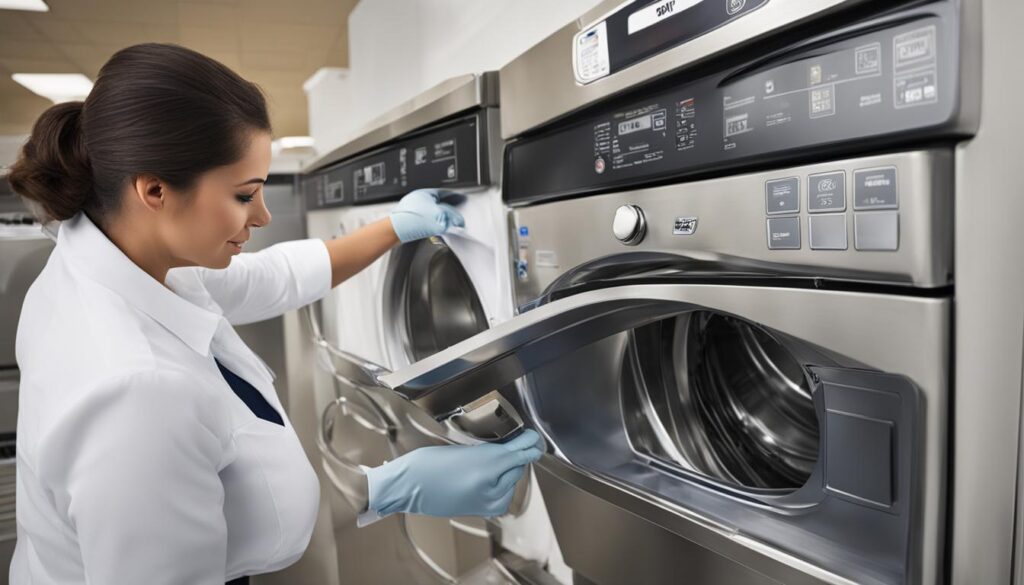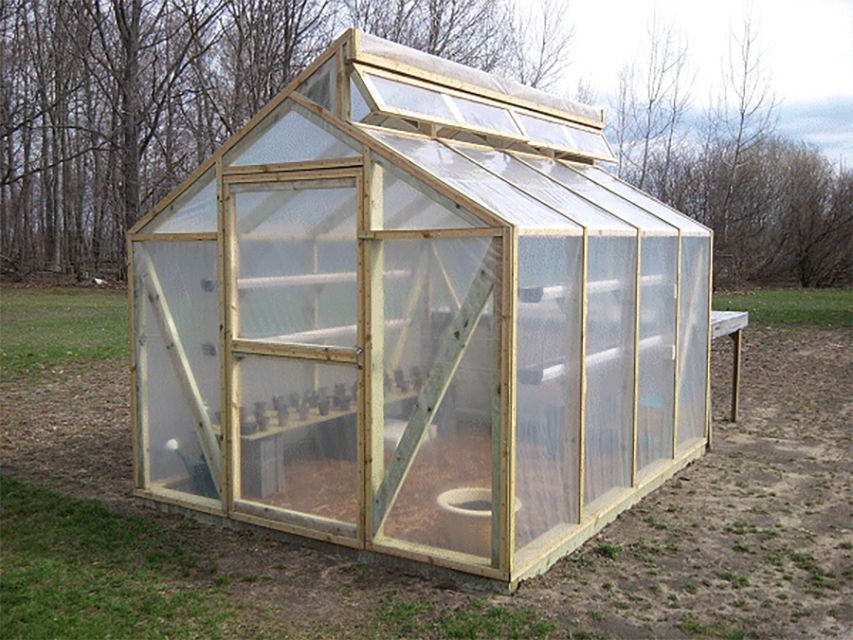Essential Answers to Everyday Home Questions: Maintenance, Repairs, and Smart Solutions
Understanding Miscellaneous Home Questions: The Foundation of a Well-Maintained Home
Homeownership brings a host of questions, from routine maintenance to unexpected repairs. Addressing these queries is fundamental to protecting your investment, saving money, and ensuring safety and comfort for your household. This comprehensive guide explores actionable solutions to miscellaneous home questions, focusing on maintenance routines, troubleshooting repairs, and accessing reliable help when needed.
1. The Importance of Regular Home Maintenance
Regular maintenance is the backbone of home ownership. By establishing consistent routines, you can prevent small issues from escalating into costly repairs. Experts recommend monthly, seasonal, and annual checklists to stay on track. Key maintenance tasks include:
- Changing HVAC Air Filters: Replace filters every 1-3 months to promote air quality, maximize energy efficiency, and prolong system lifespan. Neglecting this can result in reduced air quality and higher utility bills. For most homes, this is a simple DIY task-purchase the correct filter size and follow manufacturer instructions. [1]
- Cleaning Gutters: Gutters divert rainwater away from your foundation and prevent basement flooding. Clean at least once or twice a year, or more often if you have overhanging trees. Use a sturdy ladder, gloves, and a gutter scoop for best results. [3]
- Inspecting Sinks, Faucets, and Pipes: Regularly check for leaks, corrosion, and signs of water damage under sinks and around fixtures. Early detection can prevent expensive water damage and mold growth. [1]
- Testing Smoke and Carbon Monoxide Detectors: Test detectors monthly and replace batteries at least once a year. These devices are essential for safety. [4]
For a full maintenance checklist, you can consult reputable home inspection resources or organizations like the National Association of Home Builders.
2. Troubleshooting Common Household Repairs
Even with diligent maintenance, repairs are inevitable. Knowing how to address common issues can save both time and money. Typical repair questions include:

Source: eslvault.com
- Fixing Leaky Faucets and Toilets: A dripping faucet often means a worn washer. Shut off the water supply, disassemble the handle, and replace the washer. For toilets, check the flapper and fill valve for wear. If unsure, consult a licensed plumber. [4]
- Unclogging Drains: Use a plunger, plumber’s snake, or a biological drain cleaner for minor clogs. Persistent blockages may require professional help. Avoid using harsh chemicals, which can damage pipes over time. [5]
- Addressing HVAC and Appliance Issues: If your air conditioning or refrigerator stops working, basic troubleshooting includes checking power supplies, resetting circuit breakers, and cleaning accessible components. For more complex problems, contact manufacturer-certified technicians. Always verify service provider credentials and reviews.
- Handling Pests and Infestations: Regularly inspect for signs of rodents or insects. Sealing cracks, keeping food sealed, and maintaining yard hygiene are effective prevention steps. If you find evidence of termites or other destructive pests, contact a licensed pest control company.
In most cases, routine inspection and early intervention can prevent escalating repair costs. If you’re unfamiliar with a repair, start by searching for tutorials from reputable home improvement organizations or contacting a local professional for guidance.
3. Step-by-Step Home Observation: Catch Issues Before They Escalate
One of the simplest yet most overlooked maintenance strategies is regular home observation. Take time to walk around both the interior and exterior of your home, looking for signs of trouble such as water stains, peeling paint, or unusual odors. [1] Document any changes and prioritize immediate attention for active leaks, electrical issues, or visible pest infestations. This habit can help you identify problems while they’re still easy (and inexpensive) to fix.

Source: depositphotos.com
4. Accessing Reliable Help: Where to Find Trusted Services
When DIY solutions aren’t enough, finding qualified professionals is vital. Here’s how to access reputable help:
- Contact local trade associations, such as the National Association of Home Builders or state-licensed contractor boards, to verify service provider credentials.
- Check online reviews on established platforms and request references before hiring.
- Ask neighbors or community groups for recommendations-many have experience with local contractors.
- For emergencies (like electrical hazards or major leaks), contact licensed emergency repair services in your area. Search for “emergency plumber” or “licensed electrician” along with your city name for best results.
Always request written estimates, and don’t hesitate to get multiple quotes for larger projects. For appliance repairs, consult the manufacturer’s website for a list of authorized repair centers.
5. Tips for Preventing Costly Home Issues
Preventative care is often more affordable than repairs. Prioritize these strategies:
- Keep trees and shrubs trimmed away from the house to minimize pest entry and limit potential storm damage. [1]
- Maintain your roof, deck, and exterior paint to prevent weather-related deterioration. [2]
- Inspect and test all shut-off valves and water connections annually, ensuring they’re free of corrosion and easily accessible in emergencies.
- Ensure your fire extinguishers are charged and accessible, and rehearse emergency evacuation routes with your family.
Regular maintenance and observation help you avoid the most common and expensive household disasters, from water damage to electrical fires.
6. Alternative Approaches and Additional Resources
For those seeking ongoing support, you may consider:
- Home Warranty Plans: These can help offset the cost of major system failures, but coverage and costs vary. Carefully review policy details and verify provider reputation.
- Local Workshops and Classes: Many hardware stores and community centers offer free or low-cost classes on basic home repairs and maintenance.
- Digital Tools: Mobile apps and smart home devices can remind you of routine tasks and provide troubleshooting resources. Search for “home maintenance checklist app” in your preferred app store.
If you have a unique question or specialized concern, reach out to your local extension office or municipal code enforcement for additional guidance. For government-backed advice, visit the official website of the relevant agency or search for their consumer resources section.
Key Takeaways
Maintaining a home involves a balance of regular upkeep, prompt repairs, and informed decision-making. By following expert-backed routines, staying observant, and accessing credible help when needed, you can keep your home safe, efficient, and comfortable for years to come. Approach every home question with curiosity-there are always resources and knowledgeable professionals ready to help.
References
- [1] AHIT (2024). The Only Home Maintenance Checklist You’ll Ever Need.
- [2] Bogleheads.org (2023). Home maintenance list for first time home owners.
- [3] Goettl (2025). Top 10 Most Overlooked Home Maintenance Tasks.
- [4] National Association of Home Builders (2025). Routine Home Maintenance.
- [5] Property Meld (n.d.). Top 10 Most Common Maintenance Issues.
MORE FROM hotondeals.com













